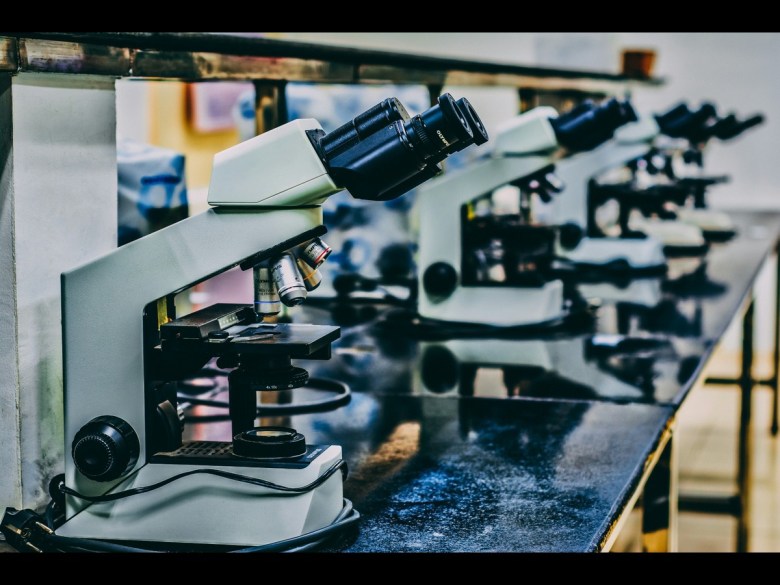Dr Erica Tandori is on a journey to make science accessible for everyone.
As an academic at Monash University, she helped to create the first exhibition on infection and immunity for people with blindness or low vision, including large tactile posters with braille labels and large text, 3D models of immune cells, viruses, and proteins, and braille-inspired amino acid sculptures and handcrafted models.
Her own lived experience of low vision, as well as her PhD and artistic experience, meant she knew what was needed.
During her time in the lab she realised “there was an enormous need as well as a potential… to make science accessible, with multi-sensory approaches.”
That potential eventuated as Monash Sensory Science.
Monash Sensory Science, founded by researcher Professor Jamie Rossjohn is a creative and inclusive program to employ laboratory staff with disabilities and bring science to life for those with low vision. It began as a Monash Biomedicine Discovery Institute (BDI) internship program for people with disabilities, like Tandori, and a one-off exhibition for blind and low-vision communities.
Supported by the ARC and Monash University, it has evolved into a national and international multisensory, accessible science initiative involving accessible employment, exhibitions and books championing inclusion in science communication.
According to Tandori, the ethos behind it has remained the same since the beginning: helping to change the interface between people with disability and the world around them, using art, design and multi-sensory approaches combined with accessible technologies.
Much of what she does is about tactile interactions, using simple daily materials like pasta or lentils to make multi-sensory art that conveys knowledge.
“I’ve often heard ‘what’s someone who’s blind going to know about science? Why aren’t you just doing it in black and white, you can’t see colour anyway’ – and it just makes me livid,” Tandori said.
“As I said in the preface to my PhD, the diagnosis of blindness was so lonely. It was an isolating and lonely moment where you knew there was nothing that could be done.”
Tandori rebelled against societal norms that dictated what she could and couldn’t do as a blind scholar and finished her PhD, using art to describe her loss of vision.
“So when I got to Monash and I started Monash Sensory Science, I just wanted to change perceptions about our understanding of blindness and low vision, our perceptions of people in science with a disability, our perceptions of what people with disability can do and our notions around disability itself,” she explained.
She argues there has always been art in science.
“I think Da Vinci wouldn’t have understood what you meant by science as separate to art. Art has always been there, it’s just so intrinsic. How are we to communicate science except through art?” she said.
“When you think back to primary school, we were all doing dioramas to show the earth’s core, for example. It’s as basic as that.”
Tandori adds that designing for blindness and low vision makes things far more accessible to a wide variety of audiences, setting a new sort of baseline for science communication.
What the future looks like
Tandori is currently working on a number of projects. She is particularly keen on creating resources for educators to help them teach science to students and reinvigorate the science classroom.
“There’s a whole heap of projects and more large-scale monumental artworks that I want to create, that are interactive and science-inspired, and I want to take that around the world,” she explained.
She also wants to create and design accessible tools for use in labs, and is passionate about making science truly accessible and inclusive for all.
Monash Sensory Science is now starting to gain international recognition – and recently has been highlighted in the journal Cell – but Tandori believes it needs to go deeper.
“We need people to pick up on what we’re saying and what we’re doing. Let’s do some work together and make life better for everyone,” she said.
She encouraged employers to think more positively about hiring people with disability, including in scientific and lab-based environments, and called for “a spring cleaning, if you will, of our perceptions and attitudes towards disability”.
“It’s not about ‘I don’t have eyesight or I don’t have this or I can’t do this or that’. It’s about your true calling, the things that inspire you, the love of the things you hold dear and how to make that work and enrich the planet and those around you. It’s about what you can do,” she said.

